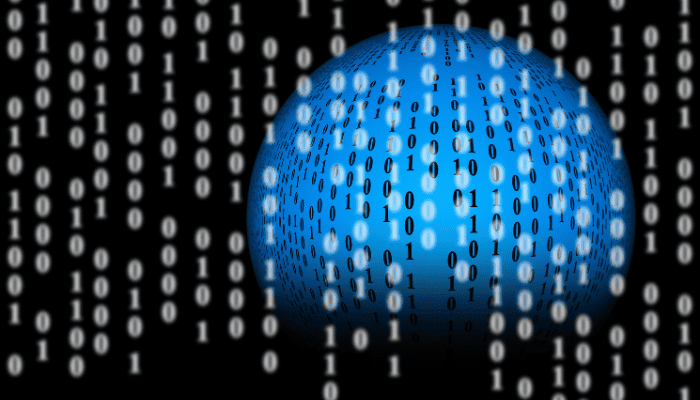There are two main types of software, Software as a Service (SaaS) and regular software. Each of them has characteristics that set them apart in terms of deployment, accessibility, and other factors. If you want to know “What distinguishes a SaaS platform from a regular software application” then these are some key differences. Before that, let’s see what SaaS and Regular software are.
SaaS (Software as a Service)
Software as a Service (SaaS) is software that uses the cloud as a delivery system. It has gained a lot of traction and popularity in recent years due to the increase in internet users. The software is stored and maintained in the cloud by a service provider in SaaS. You can access the application through the internet via a web browser. This removes the need to locally download and installed the software on your device.
Regular Software Application
The traditional sort of software that you can install and run locally on your computer system or server is known as Regular Software Application. Regular software, unlike SaaS, does not always require an internet connection to run once it is installed on your system.
Key Differences Between SaaS Platforms and Regular Software Applications
Subscription Model
SaaS platforms are commonly sold on a subscription basis. You need to pay a price in order to access and use the software on your system. However, with regular software, you only need to pay one time or purchase the license for the software in order to install and use the software on your system.
Update and Maintenance
SaaS providers are responsible for software maintenance and update to make sure that you have the most recent version with bug fixes as well as upgrades. On the other hand, you need to manually check for updates in regular software. Also, you have to download the latest version and then install it on your system to get improvements and fixes.
Flexibility and Adaptability
Scalability is built into SaaS platforms, allowing them to adjust to changing amounts of demand from consumers without experiencing major performance concerns. They are ready to support an expanding user base. Regular software programs could have scaling limitations because you might not have the adequate or recommended hardware requirements to run the software without issues.
Multi-Tenancy
Most SaaS systems are built to handle multiple clients (organizations or people) on one version of the program. This allows you to share resources and costs more efficiently. Usually, regular software programs are installed and maintained separately for each user or organization.
Accessibility
SaaS does not depend on your computer system, instead, all you need is a stable internet connection. Due to this SaaS has better accessibility and flexibility. Regular software applications require a minimum system to install and run. You also might need to upgrade your current system hardware to meet these requirements.
Customization
SaaS systems frequently offer some amount of customization to match your demands, although this customization has lots of limits when compared to standard software programs, in which you can fully customize it according to your needs.
Cross Platform Support
You can access most of the SaaS platform on a range of devices as well as operating systems such as Windows, MacOS, Linux, smartphones, or tablets as it only requires an internet connection and a web browser. However, in regular software, you might be able to access the software on different devices or operating systems as you need to fulfill certain conditions to run.
Collaboration and Sharing
On a SaaS platform, multiple users can access the same software, which can enable you to work with others on software at the same time as well as share required data with each other. In regular software, you will need to manually share data with others to collaborate. This creates irregularities and more time consumption.
Scalable Computing and Storage Power
The hardware and software needed to run such platforms are managed by SaaS providers. This makes sure that you have access to expandable storage as well as processing power. However, with regular software, you yourself have to create and upgrade hardware and software to have the required storage access and processing power.
Options for Integration
APIs (Application Programming Interfaces) and connections with other software and services are available on many SaaS systems, allowing you to enhance function and easily interact with other tools. Meanwhile, integration options in standard software programs are limited or you need custom programming for these options to work.
Also Read, Which of the Following Software Programs Provides for Email Communications?
Conclusion
There are many key points that can explain “What distinguishes a SaaS platform from regular software application” Nonetheless, the SaaS platform is easier to use and offers far more flexibility than regular software. Whereas, there are some advantages you can only get with a regular software application.
